6 foods that won’t cause your blood sugar to spike
People living with type 2 diabetes can eat these foods with confidence.

For people with type 2 diabetes, what you eat plays a big role in your blood sugar, or glucose levels. A rise in blood sugar after eating is typical; a big spike, however, can lead to hyperglycemia, or high blood glucose, which can have serious health implications.
The biggest factor in the size of that blood sugar rise is the total number of carbs in the meal. But… Show More
For people with type 2 diabetes, what you eat plays a big role in your blood sugar, or glucose levels. A rise in blood sugar after eating is typical; a big spike, however, can lead to hyperglycemia, or high blood glucose, which can have serious health implications.
The biggest factor in the size of that blood sugar rise is the total number of carbs in the meal. But it also depends on the glycemic index (GI), which measures how quickly those carbs hit your system. Simply choose foods low on the index, with a low glycemic load (or carbs per serving), to help reduce spikes in blood sugar.
Learn which low glycemic foods people with type 2 diabetes can enjoy.
Show Less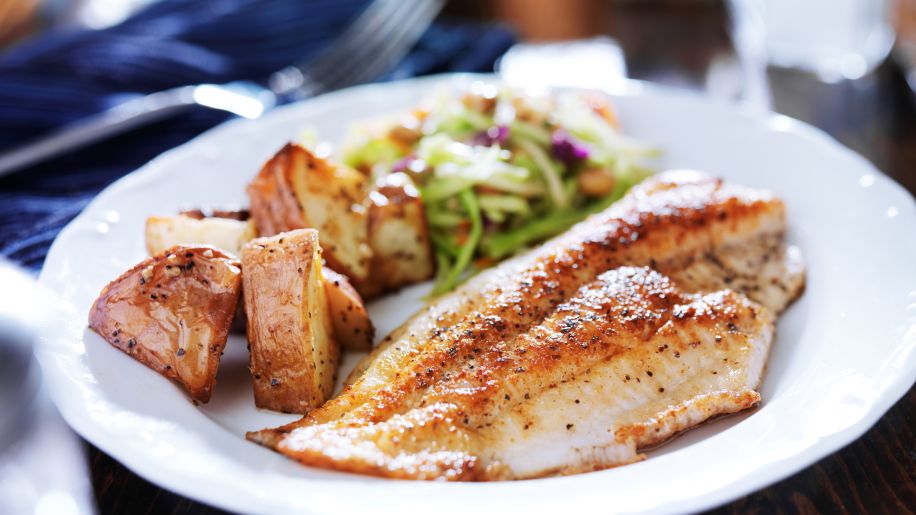
Choose Fish
Or chicken, or eggs—these carb-free proteins don’t even register on the glycemic index, and won’t cause a spike in blood sugar. (The same is true for steak and prime rib, but diabetics face an increased risk of heart disease, so it’s best to limit these high-fat, artery-clogging options.)
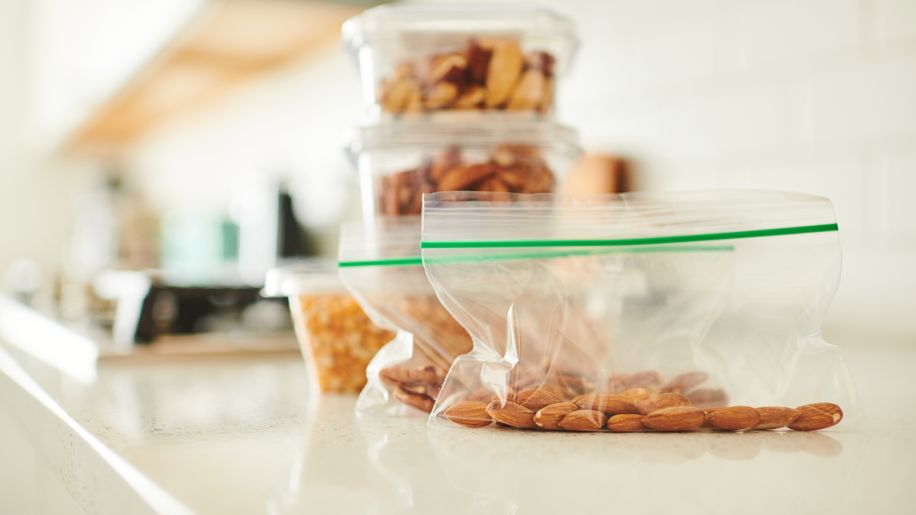
Snack on Nuts
Nuts are another good protein choice that won’t spike your blood sugar. And nuts are a good-for-you fat, which helps lower your cholesterol and reduce your risk of heart disease. Each nut has its own appeal: Almonds help regulate blood sugar, as well as boosting your good (HDL) cholesterol; walnuts… Show More
Nuts are another good protein choice that won’t spike your blood sugar. And nuts are a good-for-you fat, which helps lower your cholesterol and reduce your risk of heart disease. Each nut has its own appeal: Almonds help regulate blood sugar, as well as boosting your good (HDL) cholesterol; walnuts may be good for your brain; and fiber-rich pistachios help reduce your bad (LDL) cholesterol. (While the benefits of nuts are clear, they’re also quite high in calories—so don’t go too nuts while indulging. Aim for about one ounce.)
Show Less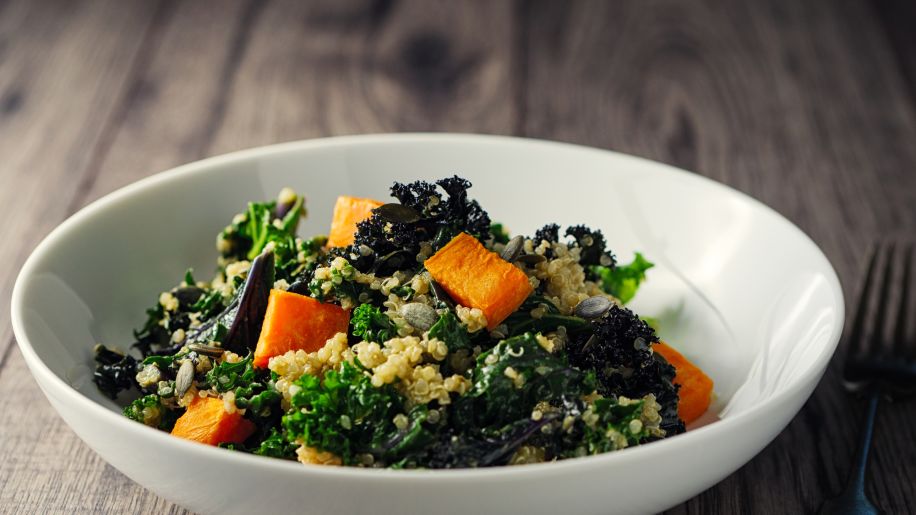
Serve up Leafy Greens
You can basically eat endless amounts of dark leafy greens, like kale, collards, chard and spinach, assured that your glucose levels won’t spike. Plus: these veggies are low in fat and carbs, but high in the nutrients your body needs. Leafy greens are often referred to as a powerhouse, and for good… Show More
You can basically eat endless amounts of dark leafy greens, like kale, collards, chard and spinach, assured that your glucose levels won’t spike. Plus: these veggies are low in fat and carbs, but high in the nutrients your body needs. Leafy greens are often referred to as a powerhouse, and for good reason—kale and spinach are full of vitamins A, C and K and many other leafy green options are a good source of B vitamins and folate, as well as being antioxidant-rich cancer fighters.
Show Less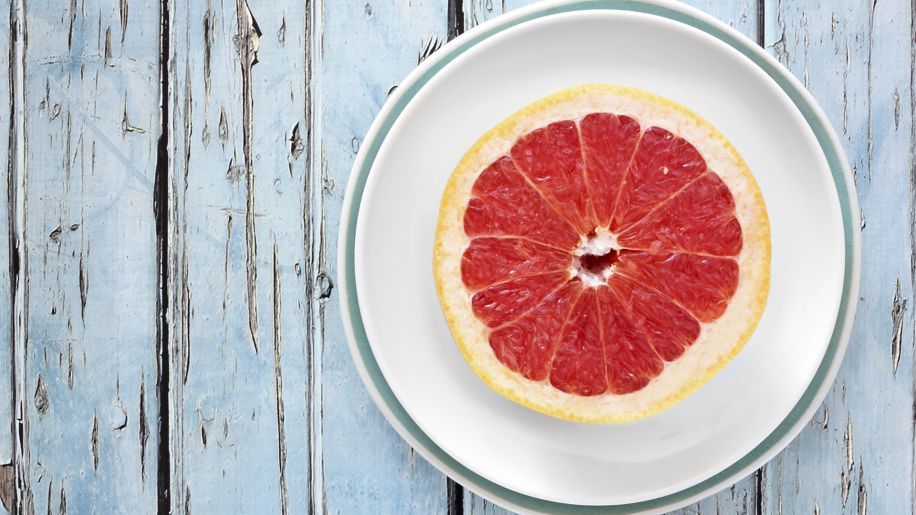
Have a Grapefruit
Missing juice? Craving a touch of sweetness? Try grapefruit—this tart treat is low on the glycemic index, and has a glycemic load of 3 (where anything below 10 is considered low). One note of warning: If you are on medications for your diabetes, check with your doctor before indulging in grapefruit… Show More
Missing juice? Craving a touch of sweetness? Try grapefruit—this tart treat is low on the glycemic index, and has a glycemic load of 3 (where anything below 10 is considered low). One note of warning: If you are on medications for your diabetes, check with your doctor before indulging in grapefruit regularly; the fruit is known to interact with medications in unexpected ways.
Show Less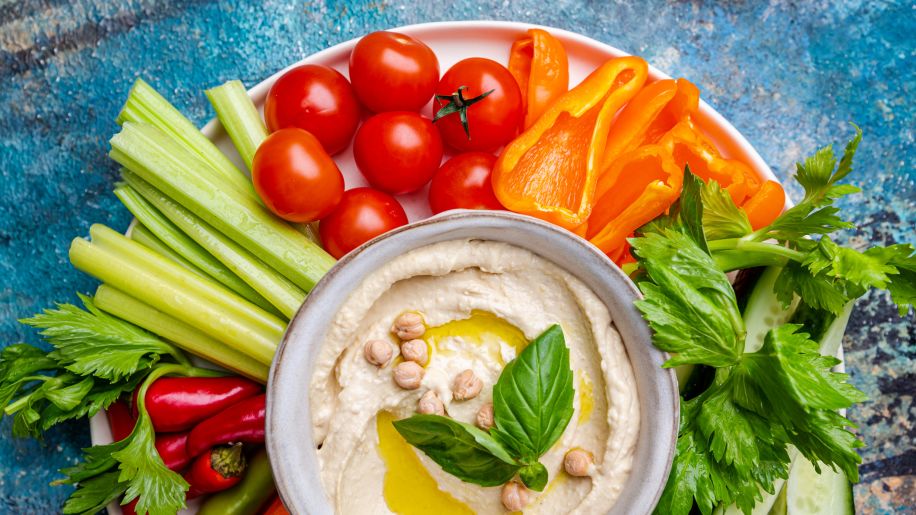
Snack on Hummus
Pair hummus with raw, low glycemic vegetables, like carrots, cucumbers and celery for a tasty, filling and healthy snack. Hummus is low on glycemic index, and carries no glycemic load at all. Plus, chickpeas are a protein- and fiber-rich.
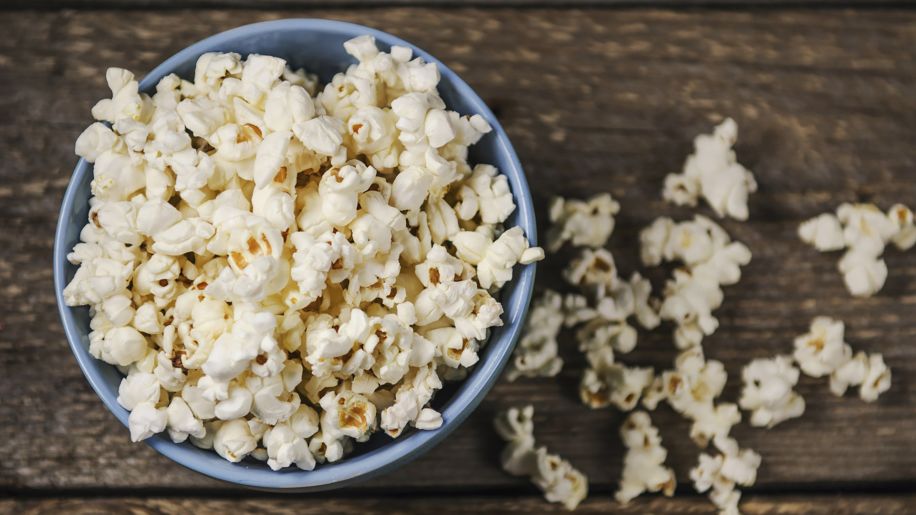
Indulge in Popcorn
While popcorn has a mid-range score on the glycemic index (55), its glycemic load is low (7). What does this mean? With a bit of care, popcorn can be a healthy snack. The key is to snack smart: there’s a big difference between the popcorn you’ll find served at a bar or movie theater, and the… Show More
While popcorn has a mid-range score on the glycemic index (55), its glycemic load is low (7). What does this mean? With a bit of care, popcorn can be a healthy snack. The key is to snack smart: there’s a big difference between the popcorn you’ll find served at a bar or movie theater, and the popcorn you can prepare at home. Use an air popper if you have one, make it on the stovetop with a minimal amount of oil or chose a light microwave popcorn brand. The American Diabetes Association lists one cup of popcorn as a great snack with less than 5 carbohydrates. One cup not enough? Even having three cups of popcorn is still a reasonable choice, with 10-20 grams of carbohydrates.
Show LessFeatured Content
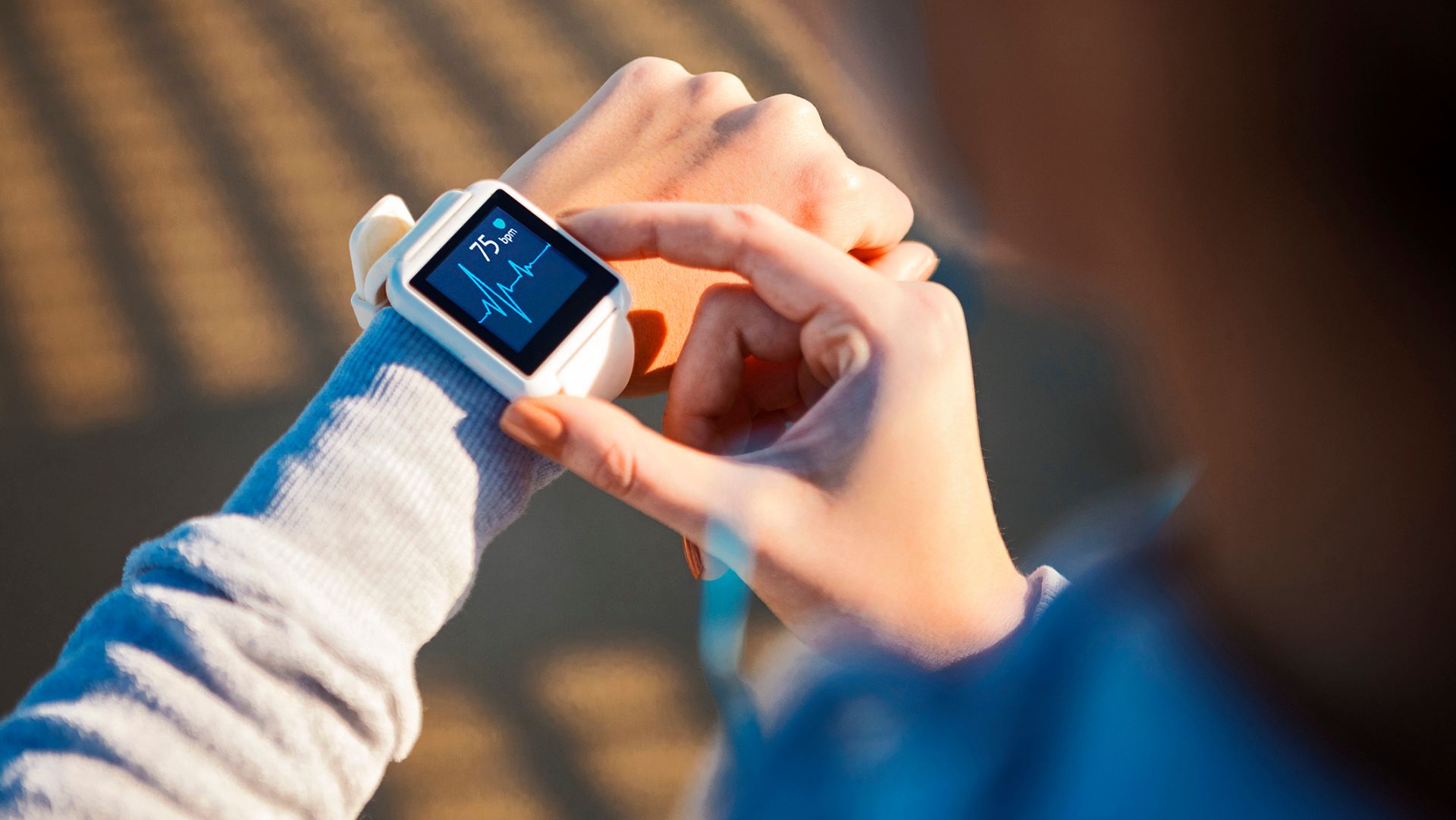
article

article

article

article

slideshow
